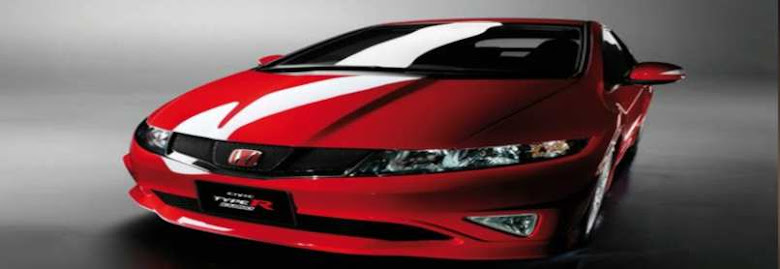The Reno, however, can feel anemic if it's carrying more than one or two people and some cargo. The only engine is a 2.0-liter double overhead cam, inline 4 that generates 126 horses and 131 lb-ft of torque at 4000 rpm.
I heard this engine readily as I drove. I also heard as it downshifted and worked up a noisy buzziness to get the car up hilly roads. This is not a refined, quiet ride.
A 5-speed manual is offered, but the tester had the 4-speed automatic that, at times, shared with passengers its shifting from gear to gear. This isn't the smoothest shifting tranny, and the 22/30-mile-per-gallon, city/highway fuel economy rating for this model of Reno is about mid-pack for the compact car class. Vehicles in the segment that have higher fuel economy include some well-known models, such as the Honda Civic (35/40-mpg with automatic), Toyota Echo (33/39-mpg with automatic), and Toyota Corolla (30/38-mpg with automatic).
This isn't the smoothest shifting tranny, and the 22/30-mile-per-gallon, city/highway fuel economy rating for this model of Reno is about mid-pack for the compact car class. Vehicles in the segment that have higher fuel economy include some well-known models, such as the Honda Civic (35/40-mpg with automatic), Toyota Echo (33/39-mpg with automatic), and Toyota Corolla (30/38-mpg with automatic).
Note the Mazda3 hatchback has a more powerful 4 cylinder: A 160-horse 2.3-liter engine capable of 150 lb-ft of torque at 4500 rpm. The Matrix has two 4-cylinder engines, the top one producing 170 horses and 127 lb-ft at 4400 rpm.
The Reno's rack-and-pinion steering and small size make for nimble maneuvers. The ride is fine for a mainstream small car. The car passes over most road bumps without harshness.
But I seemed to hear the impact of expansion cracks and road bumps more than I felt them, making me wonder about the sound insulation of this car. I also noticed the Reno's doors felt lightweight when I opened and closed them, and on a windy day, the Reno was buffeted by crosswinds at times. Also, one rainy day, I felt compelled to close the inside shade on the closed sunroof that was in the test car
I heard this engine readily as I drove. I also heard as it downshifted and worked up a noisy buzziness to get the car up hilly roads. This is not a refined, quiet ride.
A 5-speed manual is offered, but the tester had the 4-speed automatic that, at times, shared with passengers its shifting from gear to gear.
 This isn't the smoothest shifting tranny, and the 22/30-mile-per-gallon, city/highway fuel economy rating for this model of Reno is about mid-pack for the compact car class. Vehicles in the segment that have higher fuel economy include some well-known models, such as the Honda Civic (35/40-mpg with automatic), Toyota Echo (33/39-mpg with automatic), and Toyota Corolla (30/38-mpg with automatic).
This isn't the smoothest shifting tranny, and the 22/30-mile-per-gallon, city/highway fuel economy rating for this model of Reno is about mid-pack for the compact car class. Vehicles in the segment that have higher fuel economy include some well-known models, such as the Honda Civic (35/40-mpg with automatic), Toyota Echo (33/39-mpg with automatic), and Toyota Corolla (30/38-mpg with automatic).Note the Mazda3 hatchback has a more powerful 4 cylinder: A 160-horse 2.3-liter engine capable of 150 lb-ft of torque at 4500 rpm. The Matrix has two 4-cylinder engines, the top one producing 170 horses and 127 lb-ft at 4400 rpm.
The Reno's rack-and-pinion steering and small size make for nimble maneuvers. The ride is fine for a mainstream small car. The car passes over most road bumps without harshness.
But I seemed to hear the impact of expansion cracks and road bumps more than I felt them, making me wonder about the sound insulation of this car. I also noticed the Reno's doors felt lightweight when I opened and closed them, and on a windy day, the Reno was buffeted by crosswinds at times. Also, one rainy day, I felt compelled to close the inside shade on the closed sunroof that was in the test car










